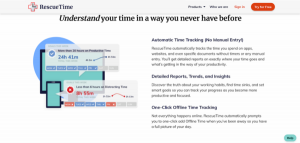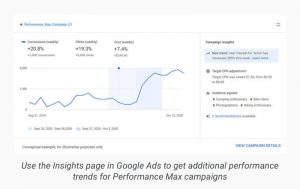— September 12, 2017

geralt / Pixabay
Defining and targeting your audience is absolutely critical when it comes to the success of your website. If your site is tailored to the wrong type of visitor, they will leave feeling disappointed and not convert into a paying customer or brand advocate.
Yet companies frequently create their websites without giving due consideration to the type of visitor they are trying to attract and without applying this knowledge. This blog post explains how to define and create a profile of your ideal visitor in order to drive them to your website, keep them engaged and encourage them to return regularly.
What is audience profiling?
Audience profiling is the process of creating detailed character portraits of your target audience. The more detailed the portrait, the more closely aligned you can make your message and the more you can really understand what your audience values, needs and wants. Rather than simply saying, “Our target audience are working fathers, aged 35-45”, building a profile of “Bob Barnes, accountant and father of three”, allows you to build up layers of information and gain deeper insight into your visitors. Audience profiling lets you put a face to the numbers and really engage with your visitors at an individual and emotional level.
When you’re creating audience profiles (and yes, you may need more than one to cater for different visitor groups), you’ll need to start with some hard facts, usually gained from your existing client base. So who are your current visitors?
Let’s take a look.
Who are your visitors?
Typically, market segmentation falls into distinct categories, the main three of which are demographics, psychographics and geographics. Each of these areas looks in detail at exactly who your visitors are, where they’re from and the choices that they make. The key points you should look at when creating a visitor profile include:
Demographics
- Gender
- Age group
- Ethnicity
- Family size
- Education level
- Occupation
- Income
Psychographics
- Spending habits
- Hobbies and interests
- Attitudes and values
- Lifestyle indicators (e.g. car ownership, purchases)
- Political views
- Media usage
Geographics
- Language
- Geographic location (e.g. postal codes, cities, countries, rural, urban)
Whilst it’s possible to spend money on expensive software that will provide in-depth analysis on the above, it’s worth noting that Google Analytics will provide much of this information for free and shouldn’t be overlooked. Other sources of information are customer feedback, historical data and current market research.
Having got the basics, you’ll need to assign these traits to your character (assuming they’re ones that also apply to your ideal visitor), and give him or her a name and also a picture. Although this might seem unnecessary at first, giving a real name and face to your audience profile will give him or her life and make the whole process easier and more cohesive in the long-run. Trust us on this one.
What do your visitors do?
Behavioural analysis is also a key piece of the jigsaw when looking at your audience. Consider the following questions:
- Where do your visitors hang out?
- What social media platforms do they use?
- Do they use their mobile device, their tablet or their desktop computer and in which proportion?
- What newspapers do they read?
- Where do they shop?
- Which brands are they loyal to?
- What purchases have they made?
- How will they find you?
- What times of day do they visit? For how long?
- How do they interact with your content? Do they watch videos? Comment on blog posts? Complete forms? Subscribe?
Once you know the answers to these questions, you can start to add layers of complexity to your visitor. Add these strands into your character profile and you’ll already be starting to see how your marketing efforts can be streamlined and targeted to the right areas. After all, there’s no point in running a Facebook ad campaign if Bob Barnes spends all his time on Twitter.
What do your visitors want?
Demographics and geographics are certainly an important place to start when analysing your existing visitor base, but looking at psychographics is where things start to get really interesting. One of the most important things you need to know about Bob, for example, is his goal in visiting your site. Thinking about the following might help to sharpen the image up:
- What is Bob’s main goal?
- What matters to him?
- How can you engage Bob on an emotional level?
- What sort of content does he like?
- What prevents Bob from purchasing or signing up for your service?
- Is there anything that is a hurdle for Bob?
Just before we conclude, it’s important to note that audience profiling doesn’t take place in a vacuum but is subject to environmental change – politics, culture, media, news events, technology and so on. Because of this fluidity, you should build in time to review your audience profiles, whether that’s six months or a year down the line.
Of course, once you have built up a character profile for each group of the population you are planning to target, you need to apply this knowledge with tailored marketing and strategy.
Taking your character profiles as a starting point, you will be in a prime position to do exactly this, presenting the right message, at the right time, in the right place, to exactly the right people.
Business & Finance Articles on Business 2 Community
(99)








